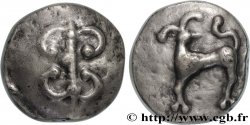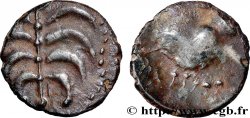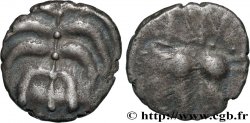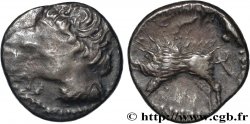v55_0543 - HELVETII (Currently Switzerland) Bronze au lion dégénéré des drachmes de Transpadane
MONNAIES 55 (2012)
Starting price : 500.00 €
Estimate : 900.00 €
Realised price : 590.00 €
Number of bids : 2
Maximum bid : 1 250.00 €
Starting price : 500.00 €
Estimate : 900.00 €
Realised price : 590.00 €
Number of bids : 2
Maximum bid : 1 250.00 €
Type : Bronze au lion dégénéré des drachmes de Transpadane
Date: c. 80 AC.
Metal : bronze
Diameter : 15 mm
Orientation dies : 5 h.
Weight : 1,55 g.
Rarity : R3
Coments on the condition:
Superbe exemplaire, sur un flan régulier, légèrement scyphate, avec des types complets des deux côtés. Frappe vigoureuse, légèrement décentrée au revers. Patine verte, avec une zone plus sombre au revers derrière le sanglier
Predigree :
Cet exemplare provient de la collection de Jorg Muller
Obverse
Obverse legend : ANÉPIGRAPHE.
Obverse description : Tête très stylisée à droite, la chevelure traitée en mèches ondulées et parallèles, le nez et l’œil marqués ; grènetis.
Reverse
Reverse legend : C(RÉTROGRADE) I ENTRE LES JAMBES DU SANGLIER.
Reverse description : Sanglier très stylisé à droite, sur une ligne d’exergue.
Commentary
Le HMZ sur les monnaies suissses de l’Antiquité signale les provenances de Grand-Saint-Bernhard, Martigny et du canton de Wallis. Ce type proviendrait, selon A. Geiser (RSN 1984), des Véragres (Valais). Les attributions traditionnelles vont entre les Salasses et les Véragres. L’attribution aux Ambiens dans le LA TOUR reste une énigme !
A. Potasso distingues plusieurs variantes dans cette rare série, selon les ornements entre les pattes du sanglier ; cet exemplaire correspond uniquement au n° 85 de son ouvrage (ce dernier provient du Grand-Saint-Bernard) ! Notre exemplaire est d’une rare qualité ; il semble être issu des mêmes coins de droit et de revers que le seul exemplaire que nous ayons retrouvé dans tous les musées publiés ; celui de Zurich (n° 1058) lui-même repris en 1863 par Meyer pour illustrer son ouvrage !.
A. Potasso distingues plusieurs variantes dans cette rare série, selon les ornements entre les pattes du sanglier ; cet exemplaire correspond uniquement au n° 85 de son ouvrage (ce dernier provient du Grand-Saint-Bernard) ! Notre exemplaire est d’une rare qualité ; il semble être issu des mêmes coins de droit et de revers que le seul exemplaire que nous ayons retrouvé dans tous les musées publiés ; celui de Zurich (n° 1058) lui-même repris en 1863 par Meyer pour illustrer son ouvrage !.







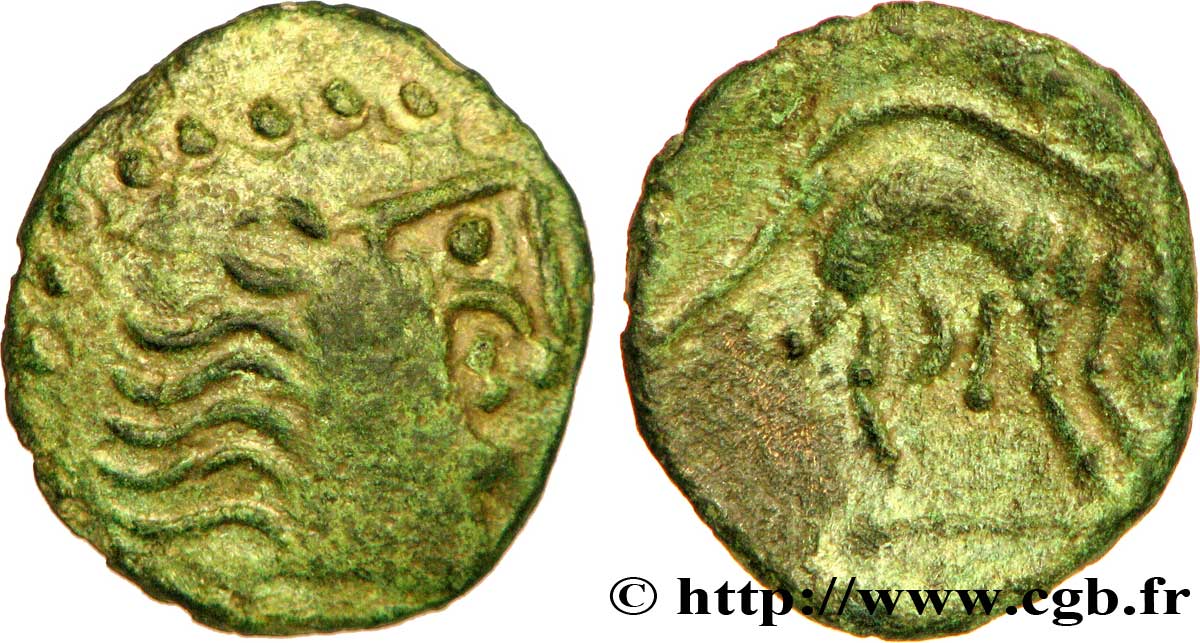
 Report a mistake
Report a mistake Print the page
Print the page Share my selection
Share my selection Ask a question
Ask a question Consign / sell
Consign / sell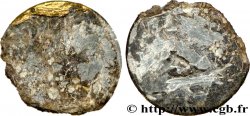
 Full data
Full data